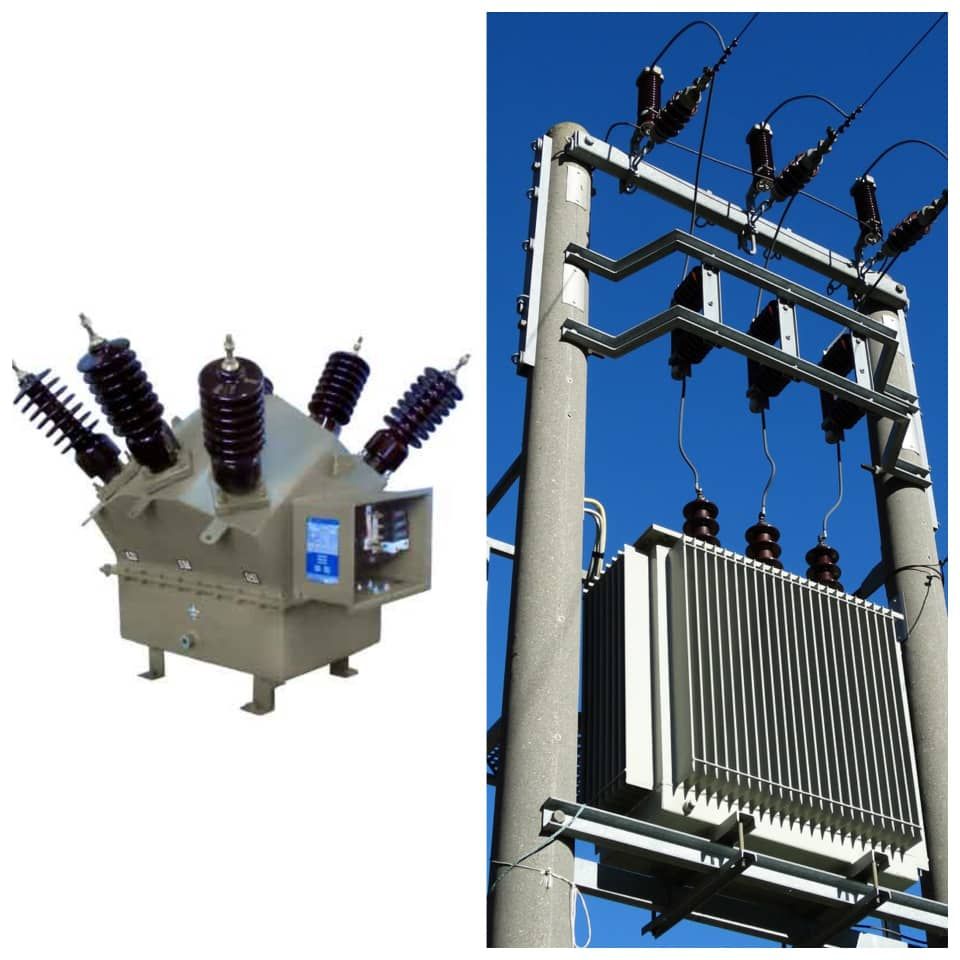Aug 16, 2025
In the context of global energy transition and power system modernization, industries and research communities are striving to balance energy efficiency, equipment reliability, and measurement accuracy. This article takes a deep dive into the manufacturing principles of nanocrystalline amorphous materials, their role in power transformers and metering units, and addresses common customer concerns when adopting these advanced solutions.
1. What Are Nanocrystalline Amorphous Materials?
Traditional metallic materials are crystalline in nature, meaning atoms are arranged in a regular lattice. Amorphous alloys (also known as metallic glasses), however, are produced by rapid quenching, freezing atoms in a disordered, liquid-like structure without forming crystals.
With further nanocrystallization treatment, tiny nanometer-sized grains precipitate within the amorphous matrix, combining the high resistivity of amorphous structures with the superior magnetic properties of crystalline phases.
📌 Key properties:
High resistivity → reduces core loss
High magnetic permeability → excellent soft-magnetic performance
Structural stability → improved long-term reliability
Cost-effectiveness → scalable for industrial applications
2. Manufacturing Process of Amorphous Strip
To appreciate the value of nanocrystalline amorphous alloys, it is essential to understand how they are made. The typical process includes:
1️⃣ Vacuum MeltingMaster alloys are melted in a vacuum environment to prevent oxidation and contamination.
2️⃣ Precision CastingThe molten alloy flows through a tundish and a precisely designed nozzle onto a rapidly rotating copper wheel. Parameters such as temperature, nozzle width, and nozzle-to-roll distance are tightly controlled.
3️⃣ Ultra-rapid CoolingUpon contacting the copper roll, the molten alloy cools at over 1000°C per millisecond. The atoms are "frozen" in a disordered state, forming an amorphous structure.
4️⃣ Continuous Strip ProductionThe solidified strip is rolled, cut to required widths, and coiled automatically.
5️⃣ Heat TreatmentTailored annealing eliminates internal stresses and enables nanocrystallization, enhancing uniformity and performance.
This automated, continuous process enables large-scale, consistent production of high-performance amorphous materials.
3. Application Scenario I: Energy-Efficient Transformers
Transformers are a major source of energy loss in power systems. Conventional silicon steel cores have relatively high no-load losses. In contrast, amorphous alloy transformers significantly reduce losses.
Silicon steel transformers → higher no-load losses
Amorphous alloy transformers → reduce no-load losses by 70–80%
Nanocrystalline core transformers → further optimize both loss and compactness
📌 Customer value:
Lower operating energy costs
Extended equipment lifespan
Compliance with green, low-carbon policies
4. Application Scenario II: Metering Units
A common misconception is confusing transformers with metering units. Yet their roles are fundamentally different.
Transformers → step voltage up or down (e.g., from 11 kV to 415 V) for safe power delivery.
Metering units → designed for measurement and monitoring, housing instrument transformers (CTs and PTs) that scale down current and voltage into safe, measurable values.
Here, material accuracy and stability directly impact billing fairness and grid safety. Using amorphous or nanocrystalline cores inside CTs and PTs provides:
High measurement accuracy (low phase error)
Temperature stability (ensuring long-term consistency)
Safety (preventing overheating or magnetic saturation errors)
📌 Customer value:
Transparent and fair billing
Higher sensitivity in grid protection
Compliance with IEC/ANSI international standards
5. Common Customer Questions & Solutions
Q1: Are amorphous transformers worth the higher initial cost compared with silicon steel?✅ Yes. Despite slightly higher upfront investment, their lifecycle energy savings (over ~30 years) make them more economical overall.
Q2: Will nanocrystalline cores in metering units be too sensitive and unstable?✅ No. Optimized heat treatment ensures a balance between accuracy and stability, preventing measurement drift.
Q3: Can amorphous materials be deployed at scale?✅ Already widely used in utilities, renewable energy systems, smart grids, and data centers, proving their industrial viability.
6. Future Outlook and Trends
Smart Grids → Amorphous and nanocrystalline cores will be central to smart metering and intelligent transformers.
Electric Vehicles (EVs) → Demand for high-frequency magnetic materials is increasing, where nanocrystalline alloys offer superior low-loss characteristics.
Renewable Energy → Wind and solar systems require efficient power conversion, driving adoption of amorphous alloys.
7. Conclusion
Under the global push for energy transition and carbon neutrality, nanocrystalline amorphous materials are emerging as vital enablers in transformers, metering units, and beyond.
Customer significance:
Reduced operational costs through energy savings
Trust and transparency via accurate metering
Improved reliability and safety of power infrastructure
This is not just a breakthrough in materials science — it is a cornerstone for sustainable power system development.
Read More
